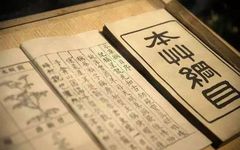
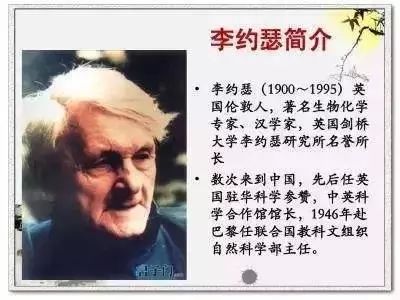
In the century of China, there are two major works on natural pharmacology: the Ben Cao Pin Hui Jing Yao (《本草品汇精要》) from 1505 and the Ben Cao Gang Mu (《本草纲目》) from 1595, both of which are remarkable. — Joseph Needham
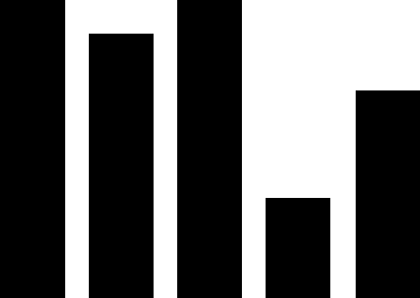
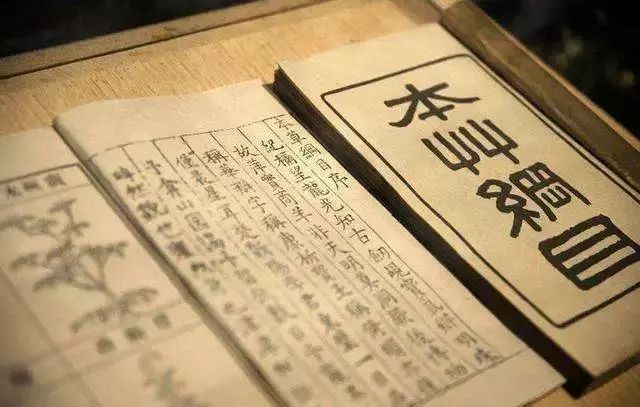

The Ben Cao Gang Mu (《本草纲目》) was authored by the renowned pharmacologist, physician, and naturalist Li Shi Zhen (李时珍) during the Ming Dynasty. It is hailed as the “Great Classic of Eastern Pharmacology.” This book is a monumental work that took the author decades to compile, based on the achievements of pharmacology prior to the Ming Dynasty, through extensive verification. The entire text comprises approximately 2 million words, 52 volumes, documenting 1,892 medicinal substances, with 374 new additions, and over 1,000 illustrations, making it an unprecedented masterpiece in the field of pharmacology in China.
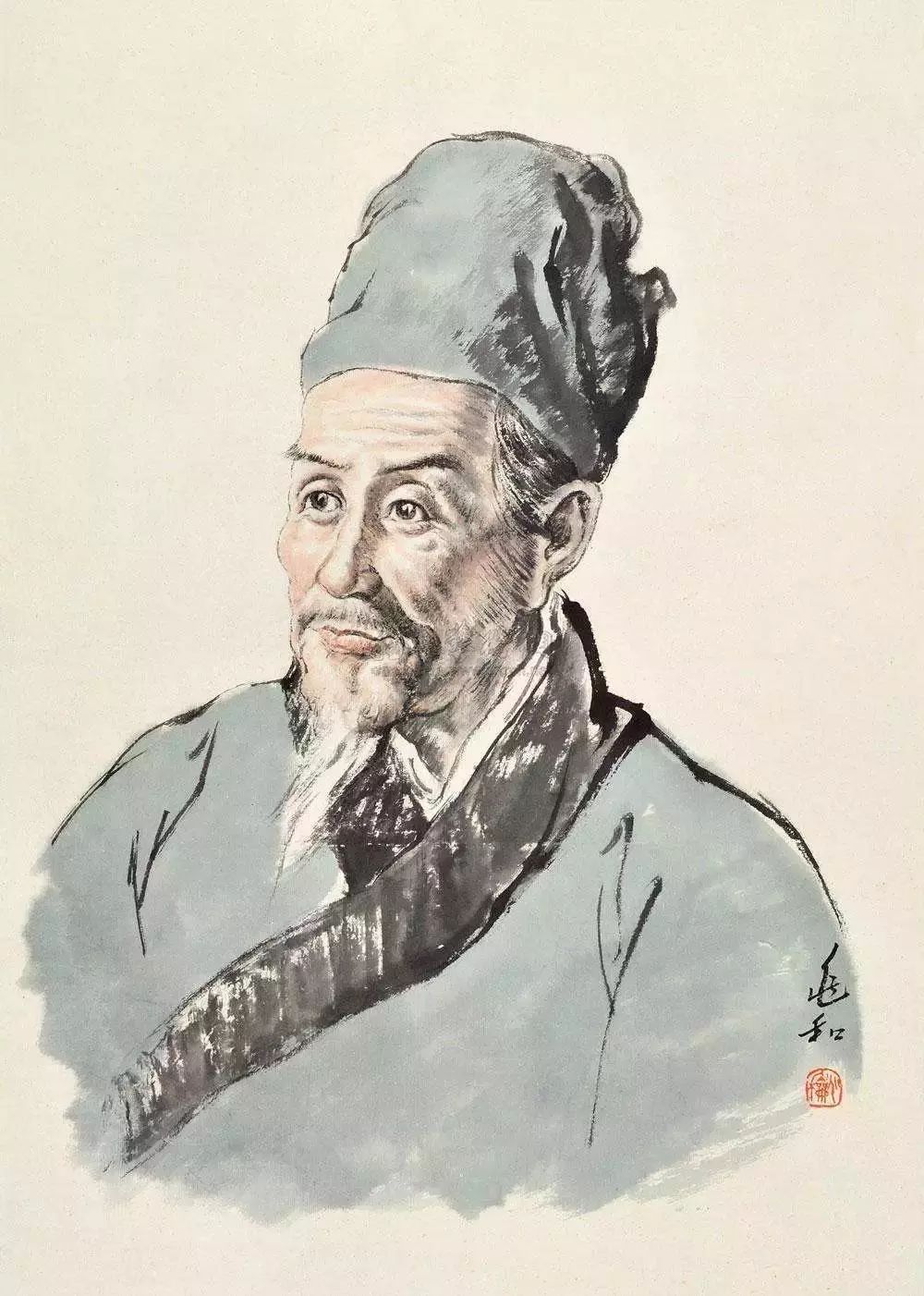
The Ben Cao Gang Mu embodies the highest achievements of ancient Chinese medicine and serves as an inexhaustible treasure trove of Chinese medical knowledge, enjoying the reputation of being the “Ocean of Medicine” and the “Comprehensive Classic of Natural Philosophy.” Its content is extremely broad, encompassing achievements in biology, chemistry, astronomy, geography, geology, mining, and history, thus it can be said to be a work of natural history with global influence. Since its publication, it has dominated ancient Chinese pharmacology with its unparalleled stature, becoming the largest and most comprehensive work in the history of ancient Chinese pharmacology, and was once praised by British biologist Charles Darwin as the “Encyclopedia of China,” making it an essential reading for generations of physicians and scholars.
Jinling Edition
The Jinling edition, published in the 18th year of the Wanli reign, is the earliest existing version of the Ben Cao Gang Mu in the world. This version has become a world treasure, with very few copies remaining. The Jinling edition is recognized as the ancestral version (or mother version) of all subsequent editions of the Ben Cao Gang Mu.


Jiangxi Edition
In the 31st year of the Wanli reign (1603), due to the Jinling edition’s “initial printing being unrefined and not widely circulated,” the Jiangxi governor Xia Liangxin reprinted it based on the original Jinling edition. This version largely retains the original appearance of the Jinling edition and serves as the base for various editions from the late Ming to early Qing periods. The Jiangxi edition is an official edition, with superior paper and ink compared to the Jinling edition, and significant improvements in both engraving and illustrations, leading to its wider circulation.
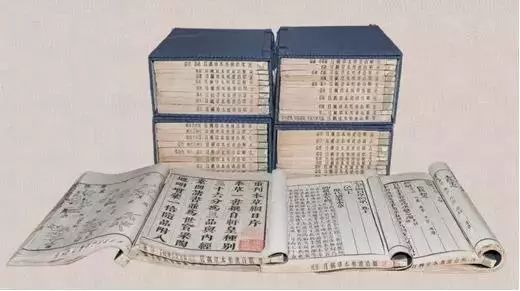

Qian Edition System (Hangzhou Edition, Liu You Tang Edition)
In the 13th year of the Chongzhen reign (1640), the Hangzhou edition was engraved by Qian Weiqi in Liu You Tang, with revised illustrations of medicinal substances. The edition from the 12th year of the Shunzhi reign (1655) by Wu Yuchang at Taihe Tang was also based on this edition. The Qian edition underwent careful proofreading compared to the Jiangxi version, resulting in a meticulously printed work that corrected many original errors, although it also introduced some new mistakes.

The above image is a reprinted edition from the Shunzhi reign, collected by the Zhejiang Provincial Institute for Food and Drug Control.

Zhang Edition System
(Hefei Edition, Wei Gu Zhai Edition, Guangxu Zhang Edition)
In the 11th year of the Guangxu reign (1885), the Wei Gu Zhai edition was published under the supervision of Zhang Shaotang, who spent a fortune to have new illustrations created, primarily based on the Jiangxi and Qian editions, and combined with the Ben Cao Gang Mu Shi Yi (《本草纲目拾遗》). Due to its excellent engraving and relatively recent printing, it became quite popular.
Huaxia Edition
From 1975 to 1981, the People’s Health Publishing House published the Ben Cao Gang Mu Jiao Dian Ben (《本草纲目校点本》), which was based on the Jiangxi edition and underwent careful proofreading, resulting in over 12,600 correction notes, rectifying numerous errors in the original text. It won the first prize in the national ancient book editing competition and was nominated for the National Book Award, with over 300,000 copies distributed, making it the most widely circulated version.
Source: Public account “Zhejiang Medicine News” (text content)
Network (images)
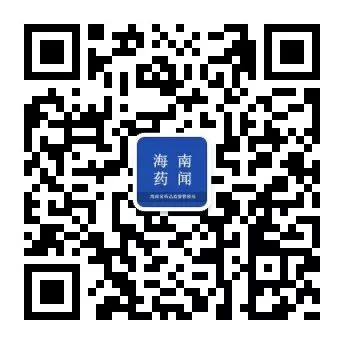
Public account ID
Hainan Medicine News
Long press to recognize the QR code on the left to follow us


